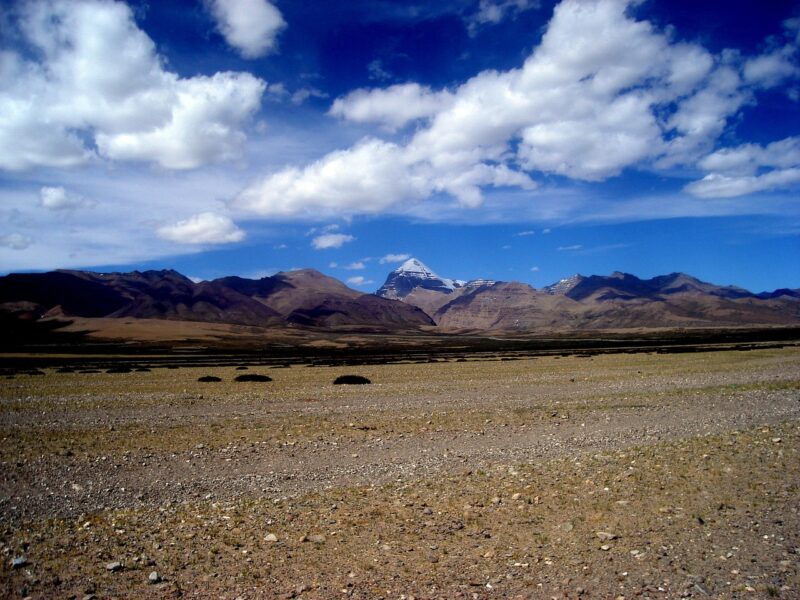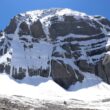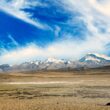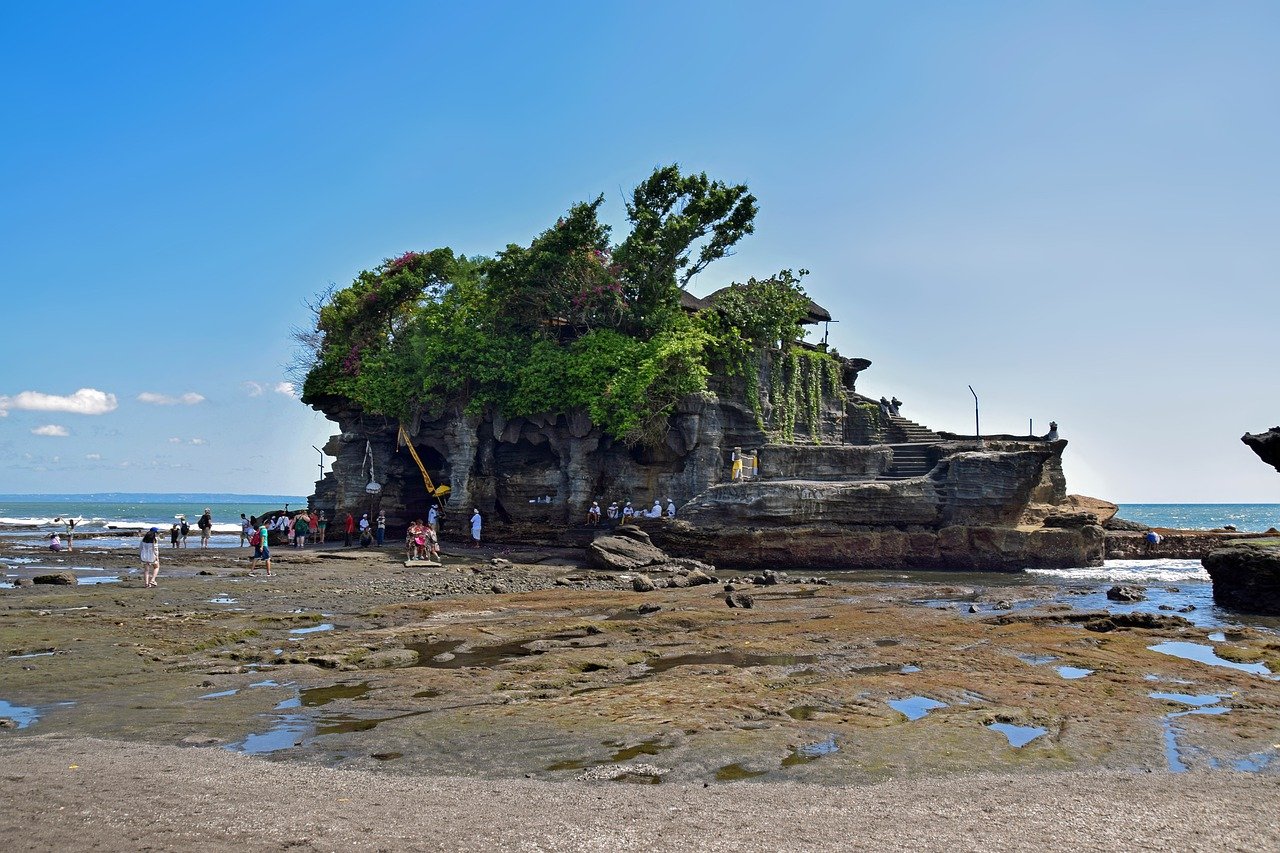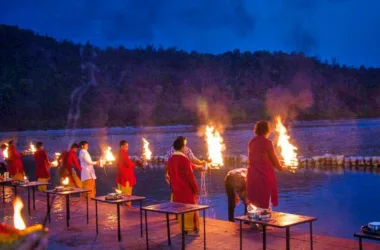Trekking in the majestic region of Kailash Mansarovar is a dream come true for adventure enthusiasts and spiritual seekers alike. Located in the remote corners of the Himalayas, this sacred destination offers breathtaking landscapes, serene lakes, and a deeply spiritual experience. However, embarking on a trek to Kailash Mansarovar requires meticulous planning, physical fitness, and knowledge of the region. In this article, we will provide essential tips to make your trekking experience in Kailash Mansarovar safe, enjoyable, and memorable.
Table of Content
- Planning and Preparation
1.1 Choosing the Right Time
1.2 Physical Fitness and Training
1.3 Acclimatization - Required Permits and Documents
- Packing Essentials
3.1 Clothing and Footwear
3.2 Camping and Trekking Gear
3.3 Personal Items - Safety Measures
4.1 Altitude Sickness Prevention
4.2 Hydration and Nutrition
4.3 Emergency Preparedness - Accommodation and Facilities
- Cultural Sensitivity and Respect
- Environmental Responsibility
- Hiring a Local Guide or Agency
- The Holy Sites of Kailash Mansarovar
- Conclusion
- FAQs
Planning and Preparation
Trekking in Kailash Mansarovar necessitates careful planning and preparation to ensure a successful journey. Here are some key aspects to consider:
Choosing the Right Time
Selecting the appropriate time for your trek is crucial. The best time to visit Kailash Mansarovar is during the summer months, from May to September when the weather is relatively stable and the snow has melted, allowing easier access to the trails.
Physical Fitness and Training
Preparing your body for the physical demands of the trek is essential. Engage in regular exercise, including cardiovascular workouts and strength training, to improve endurance and stamina. Additionally, undertake practice hikes to simulate trekking conditions and acclimatize your body to high altitudes.
Acclimatization
Acclimatization is vital to prevent altitude sickness. Plan your itinerary with proper rest days to allow your body to adjust to the increasing altitude gradually. Ascend slowly, stay hydrated, and listen to your body’s signals to avoid complications.
Required Permits and Documents
Before embarking on the Kailash Mansarovar trek, ensure you have all the necessary permits and documents. Contact the appropriate authorities or a reputable travel agency to obtain the required permits, including the Inner Line Permit, Alien Travel Permit, and restricted area permits.
Packing Essentials
Proper packing is essential for a comfortable and safe trekking experience. Consider the following essentials:
Clothing and Footwear
Pack lightweight, moisture-wicking clothing suitable for layering, as temperatures can vary throughout the day. Include sturdy and comfortable trekking boots with good ankle support to navigate uneven terrains.
Camping and Trekking Gear
Carry a high-quality tent, sleeping bag, and camping stove to ensure a comfortable stay during overnight halts. Additionally, pack trekking poles, a headlamp, a first aid kit, and a water purification system.
Personal Items
Include personal items such as sunscreen, sunglasses, a hat, toiletries, and a camera to capture the mesmerizing landscapes of Kailash Mansarovar.
Safety Measures
Prioritizing safety during the trek is of utmost importance. Consider the following safety measures:
Altitude Sickness Prevention
Be aware of the symptoms of altitude sickness and take necessary precautions. Stay hydrated, avoid alcohol and tobacco, and ascend gradually to minimize the risk.
Hydration and Nutrition
Maintain proper hydration by consuming an adequate amount of water throughout the trek. Carry high-energy snacks and meals to fuel your body during the challenging journey.
Emergency Preparedness
Prepare for emergencies by carrying a satellite phone or communication device, a comprehensive first aid kit, and knowledge of basic first aid procedures. Familiarize yourself with evacuation routes and emergency protocols.
Accommodation and Facilities
During the trek, accommodation options are limited. Prepare for basic guesthouses or camping in tents. Carry your sleeping bag and camping gear for overnight stays. Be mentally prepared for basic amenities and minimal access to electricity and running water.
Cultural Sensitivity and Respect
Respect the local culture, traditions, and beliefs while trekking in Kailash Mansarovar. Dress modestly, ask for permission before photographing locals or religious sites, and refrain from littering or disturbing the serene environment.
Environmental Responsibility
Preserving the pristine beauty of Kailash Mansarovar is crucial. Practice responsible tourism by following the “leave no trace” principle. Dispose of waste properly, avoid damaging flora and fauna, and promote environmental sustainability.
Hiring a Local Guide or Agency
Consider hiring a local guide or trekking agency with experience in the Kailash Mansarovar region. They can provide valuable insights, assist with permits and logistics, and ensure your safety throughout the journey.
The Holy Sites of Kailash Mansarovar
Explore the sacred sites of Kailash Mansarovar, such as Mount Kailash, Mansarovar Lake, and other monasteries and temples. Immerse yourself in the spirituality of the region and embrace the serene ambiance.
Conclusion
Embarking on a trek to Kailash Mansarovar is a once-in-a-lifetime experience that blends adventure, spirituality, and natural beauty. By following the essential tips mentioned in this article, you can ensure a safe and fulfilling journey. Prepare meticulously, respect the local culture, and embrace the awe-inspiring landscapes. Make memories that will last a lifetime in this enchanting corner of the Himalayas.
Similar Articles
- Kailash Yatra: A Spiritual Journey of a Lifetime
- Guide to Kailash Trek: Discover Adventure and Spirituality
- Discover the Majestic Beauty of Kailash Mansarovar
FAQs
1. How long does it take to complete the Kailash Mansarovar trek?
The duration of the Kailash Mansarovar trek can vary depending on the route and individual fitness levels. On average, it takes around 15 to 20 days to complete the entire trek, including acclimatization and rest days.
2. Are there any age restrictions for trekking in Kailash Mansarovar?
While there are no strict age restrictions, trekking in Kailash Mansarovar requires a good level of physical fitness and endurance. It is advisable to consult with a healthcare professional and undergo a medical check-up before embarking on the trek, especially for older individuals.
3. What is the best time to visit Kailash Mansarovar?
The best time to visit Kailash Mansarovar is during the summer months, from May to September. This period offers milder weather, reduced snow cover, and better accessibility to the trekking routes.
4. How challenging is the Kailash Mansarovar trek?
The Kailash Mansarovar trek is considered moderately challenging. It involves walking on rugged terrains, crossing high passes, and dealing with high altitudes. Proper physical fitness, acclimatization, and preparation are essential to overcome these challenges.
5. Is it safe to drink water from natural sources during the trek?
It is generally recommended to purify water from natural sources using a reliable water purification system or by boiling it before consumption. This precaution helps minimize the risk of waterborne illnesses and ensures your health and well-being during the trek.
6. Is previous trekking experience required for the Kailash Mansarovar trek?
Previous trekking experience is not mandatory for the Kailash Mansarovar trek. However, having prior experience with multi-day treks and familiarity with high-altitude environments can be beneficial in terms of physical and mental preparation.
7. What is the cost of trekking in Kailash Mansarovar?
The cost of trekking in Kailash Mansarovar can vary depending on various factors such as the route chosen, duration of the trek, accommodation preferences, and additional services. It is advisable to consult with trekking agencies or tour operators to get a detailed breakdown of the costs involved.
8. Are there any medical facilities available during the trek?
Medical facilities are limited in the remote regions of Kailash Mansarovar. It is essential to carry a well-stocked first aid kit and any necessary medications for common ailments. In case of severe medical emergencies, evacuation arrangements should be made in advance.
9. Can solo trekkers undertake the Kailash Mansarovar trek?
Solo trekkers can undertake the Kailash Mansarovar trek; however, it is recommended to have a support system in place, especially in terms of a local guide or a trekking agency. They can provide assistance, ensure safety, and help navigate the challenging terrain.
10. Are there any age restrictions for the Kailash Mansarovar trek?
While there are no strict age restrictions, trekking in Kailash Mansarovar requires a good level of physical fitness and endurance. It is advisable to consult with a healthcare professional and undergo a medical check-up before embarking on the trek, especially for older individuals.
11. What are the cultural highlights of the Kailash Mansarovar trek?
The Kailash Mansarovar trek offers rich cultural experiences. Trekkers can witness and participate in religious ceremonies, visit ancient monasteries and temples, and engage with local communities to learn about their customs, traditions, and spiritual practices.
12. Are there any alternative routes or extensions to the Kailash Mansarovar trek?
Yes, there are alternative routes and extensions available for the Kailash Mansarovar trek. Some trekkers opt for the Simikot-Hilsa route or combine the trek with a visit to nearby regions such as Tibet or Nepal. These options can be customized based on individual preferences and time constraints.




